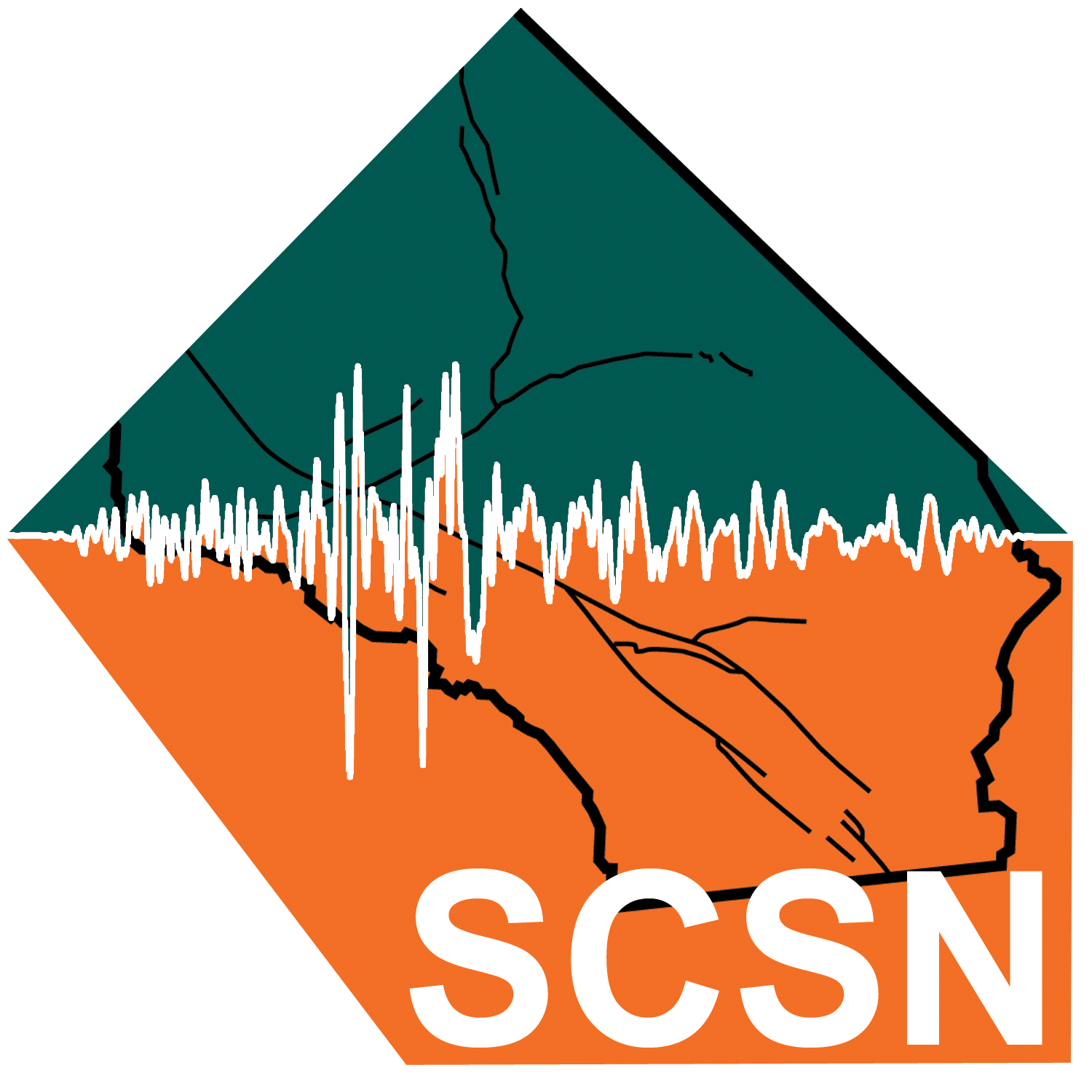Earthquake Information
Fault Name Index
A | B | C | D | E | F | G | H | I | J | K | L | M | N | O | P | Q | R | S | T | U | V | W | X | Y | Z
Red Mountain Fault
TYPE OF FAULT: thrust
LENGTH: 15 km
NEARBY COMMUNITIES: Oak View, Casitas Springs, Sea Cliff
MOST RECENT SURFACE RUPTURE: Holocene to Late Quaternary
SLIP RATE: between 0.4 and 1.5 mm/yr
INTERVAL BETWEEN MAJOR RUPTURES: uncertain
PROBABLE MAGNITUDES: MW6.0 - 6.8
OTHER NOTES: The dip of this fault is to the north.
The surface trace of the Red Mountain fault is so greatly "bent" that it hardly suggests a roughly planar structure, unlike the nearly-linear traces of many strike-slip faults. This winding surface trace is a characteristic typical of thrust faults. It arises from the intersection of a low-angle (to the horizontal) fault plane with the local topography. It has been suggested that the dip of the Red Mountain fault gets progressively more shallow with depth, until it becomes a horizontal fault, an unusual and still theoretical structure.
At its northeastern end, the Red Mountain fault seems to be cut off by the small but recently active Oak View fault zone (not shown on the map). The southern branch of the "fork" at its western end is known as the Javon Canyon fault, and has a slip rate of about 1.1 mm/yr.
This fault is featured on the following map:
Northwest Fault Map






